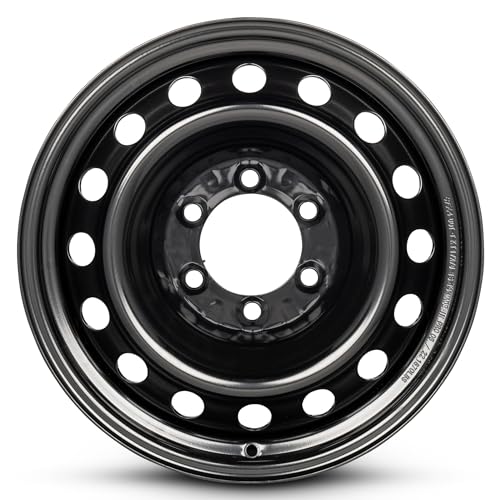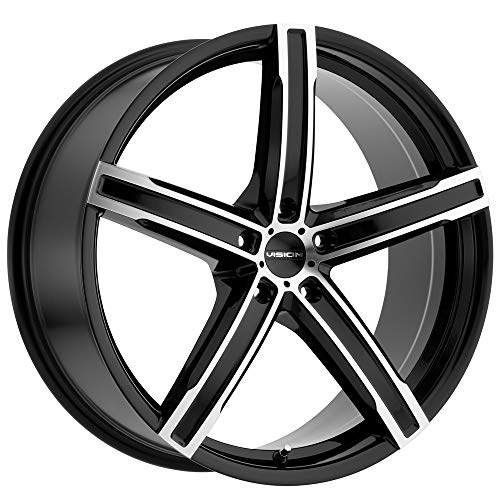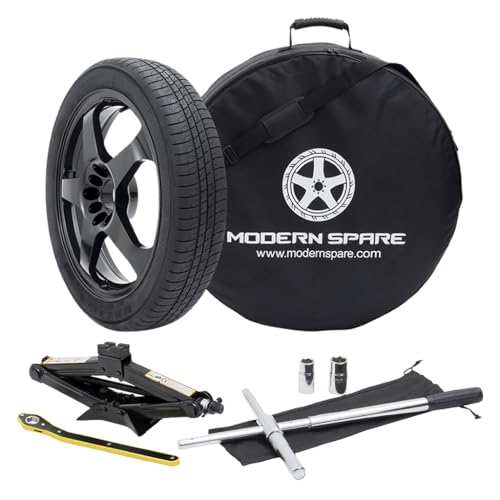The 2014 Jeep Cherokee is a popular SUV. People love it for its style and comfort. However, some owners face transmission problems. These issues can be frustrating. Let’s explore them.

Credit: www.caranddriver.com
What is Transmission?
Transmission helps the car move. It changes gears. Gears help the car speed up or slow down. The 2014 Jeep Cherokee has an automatic transmission. This means the car changes gears by itself.
Common Transmission Problems
Many owners of the 2014 Jeep Cherokee report issues. These problems can affect driving. Here are some common transmission problems:
- Hard Shifting
- Transmission Stalling
- Delayed Acceleration
- Gear Slipping
Hard Shifting
Hard shifting means changing gears is not smooth. The car may jerk or lurch. This can be uncomfortable. It can also be scary for drivers.
Transmission Stalling
Stalling happens when the car stops suddenly. This can happen at traffic lights. Or when driving slow. It is dangerous. Drivers can lose control.
Delayed Acceleration
Sometimes, the car does not speed up quickly. This is called delayed acceleration. It can be annoying. It can also be unsafe in traffic.
Gear Slipping
Gear slipping means the car changes gears by itself. This can happen without warning. It makes driving unpredictable.
Causes of Transmission Problems
Transmission problems have many causes. Some are simple. Others are complex. Here are some reasons why these problems happen:
- Software Issues
- Mechanical Faults
- Fluid Problems
Software Issues
Modern cars use computers. The 2014 Jeep Cherokee has software. Sometimes, the software has errors. These errors affect transmission.
Mechanical Faults
Mechanical faults are problems with parts. Parts can wear out. Or they may break. This affects how the transmission works.
Fluid Problems
Transmission fluid is important. It helps gears move smoothly. Low fluid levels cause problems. Dirty fluid can also affect performance.
How to Fix Transmission Problems
Fixing transmission problems takes time. It can be expensive. Here are some steps to follow:
- Check Software Updates
- Inspect Parts
- Change Fluid
Check Software Updates
Software updates can fix errors. Visit a dealer. They can update the car’s software.
Inspect Parts
Check the car’s parts. Look for wear and tear. Replace broken parts. This can improve performance.
Change Fluid
Change the transmission fluid regularly. Use the right type of fluid. This helps keep the transmission smooth.
Preventing Future Problems
Prevention is better than cure. Here are tips to avoid transmission problems:
- Regular Maintenance
- Drive Carefully
- Listen for Odd Sounds
Regular Maintenance
Visit the mechanic often. They can spot problems early. This prevents bigger issues.
Drive Carefully
Don’t drive too fast. Avoid sudden stops. This reduces strain on the transmission.
Listen For Odd Sounds
Pay attention to noises. Clicking or grinding sounds can signal trouble. Get the car checked if you hear them.

Credit: www.cartalk.com
Frequently Asked Questions
What Are Common 2014 Jeep Cherokee Transmission Issues?
Jeep Cherokee owners report rough shifting, unexpected gear changes, and transmission overheating. These issues often cause concern.
How Do I Know If My Transmission Is Failing?
Signs include strange noises, slipping gears, and a burning smell. These indicate possible transmission problems.
Can I Drive With A Faulty Transmission?
Driving with a faulty transmission is risky. It can lead to severe damage or even accidents.
How Much Does It Cost To Fix Transmission Issues?
Repair costs vary. They range from a few hundred to several thousand dollars, depending on the problem.
Conclusion
The 2014 Jeep Cherokee is a great car. But transmission problems can be a headache. Knowing the issues helps you fix them. Regular care keeps your car running smoothly. Always be alert while driving. This ensures safety for you and others.
Transmission problems are common. But with care, they can be managed. Keep your car in top shape. Drive with confidence!




Leave a Reply